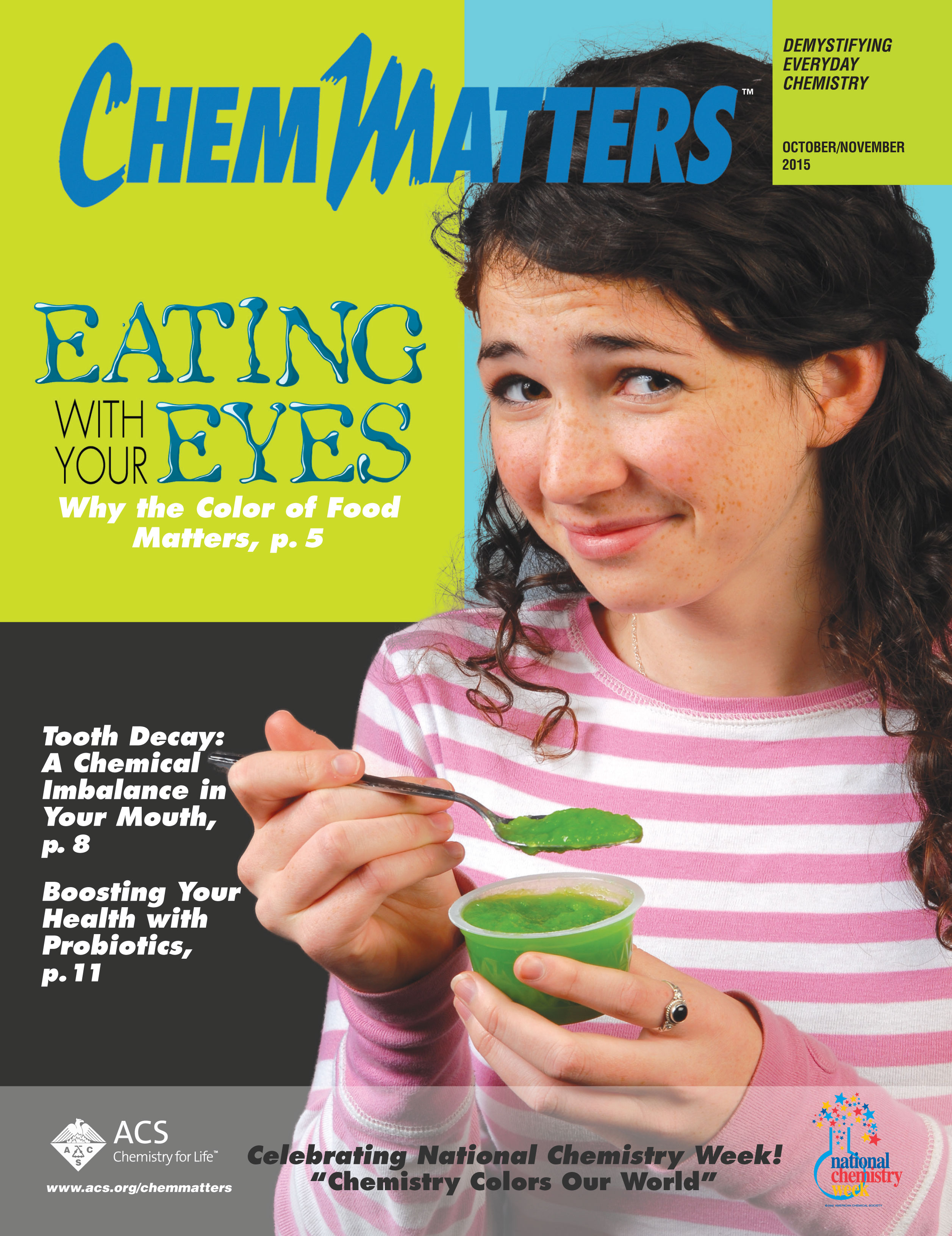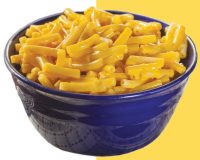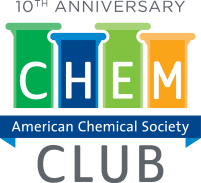October 2015 Issue
Departments
Open for Discussion: Are Artificial Dyes Bad for You?
By Brian Rohrig
Many people have concerns about the safety of food dyes.
Are these concerns supported by scientific evidence?
The Chemistry of the Colors of Autumn Leaves
By Andy Brunning
In autumn, the colors of leaves turn yellow, orange, red, and brown.
What is the chemistry behind all these color changes?
ChemClub News: Time to Celebrate!
By Erica K. Jacobsen
The 2015-2016 school year marks the 10th anniversary of the ChemClub program. Learn about the events and activities that are and will be taking place to celebrate this milestone.
Features
Eating with Your Eyes: The Chemistry of Food Colorings
By Brian Rohrig
A large amount of the foods we eat contains food colorings.
We tell you where they come from, how they work, and
the difference between natural and artificial food colorings.
Teacher's Guide
Spanish Translation
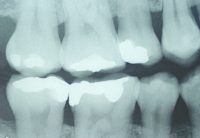
Tooth Decay: A Delicate Balance
By David Warmflash
When a tooth decay occurs, some of the white, outer layer of
the tooth, or enamel, starts to dissolve. Learn more about this
process and how chemical solutions in our mouths, called
buffers, help to prevent tooth decay.
Available in the print issue
Teacher's Guide
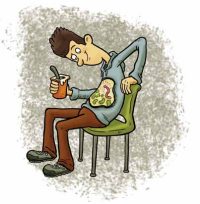
Probiotics: Good Bacteria, Good Health
By Gail Kay Haines
Bacteria are not all bad. Some of them are essential to human
digestion, provide energy, and back up the immune system.
Learn about the foods and beverages that contain these bacteria
and how they can help improve your health.
Available in the print issue
Teacher's Guide
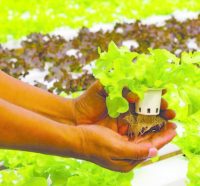
Dirt? Who Needs It? How Hydroponics Is Poised to Change the World
By Mallory Pickett
The amount of land suitable for agriculture, and the stores of
water needed to grow crops are shrinking. So, how will people
feed themselves in the future? Hydroponics, a type of agriculture
that does not use soil, may provide a solution.
Available in the print issue
Teacher's Guide
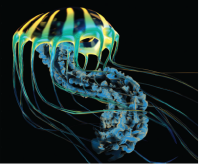
Light in the Cellar of the Sea
By Linda Zajac
The deep sea is a place of bone-chilling water and near-total
darkness. Yet, marine organisms emit light to either find food
or attract prey. Little is known about them, but marine scientists
are slowly revealing many of their secrets.
Available in the print issue
Teacher's Guide

